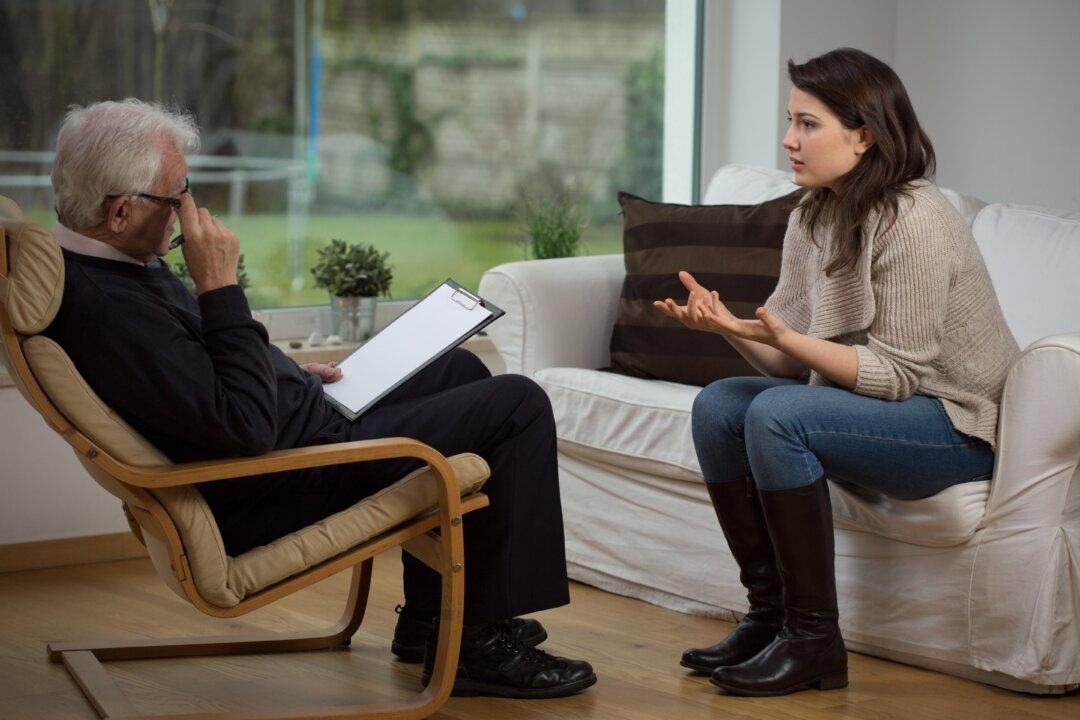Almost all of us know someone who has a problem with addiction. For many people, it is a close family member.
Approximately 7 percent of Americans over the age of 12 are suffering from an addiction to drugs or alcohol. That number is a small fraction of all addictions when you consider other types of addictions to things such as TV, video games, internet surfing, social media, and gambling.






